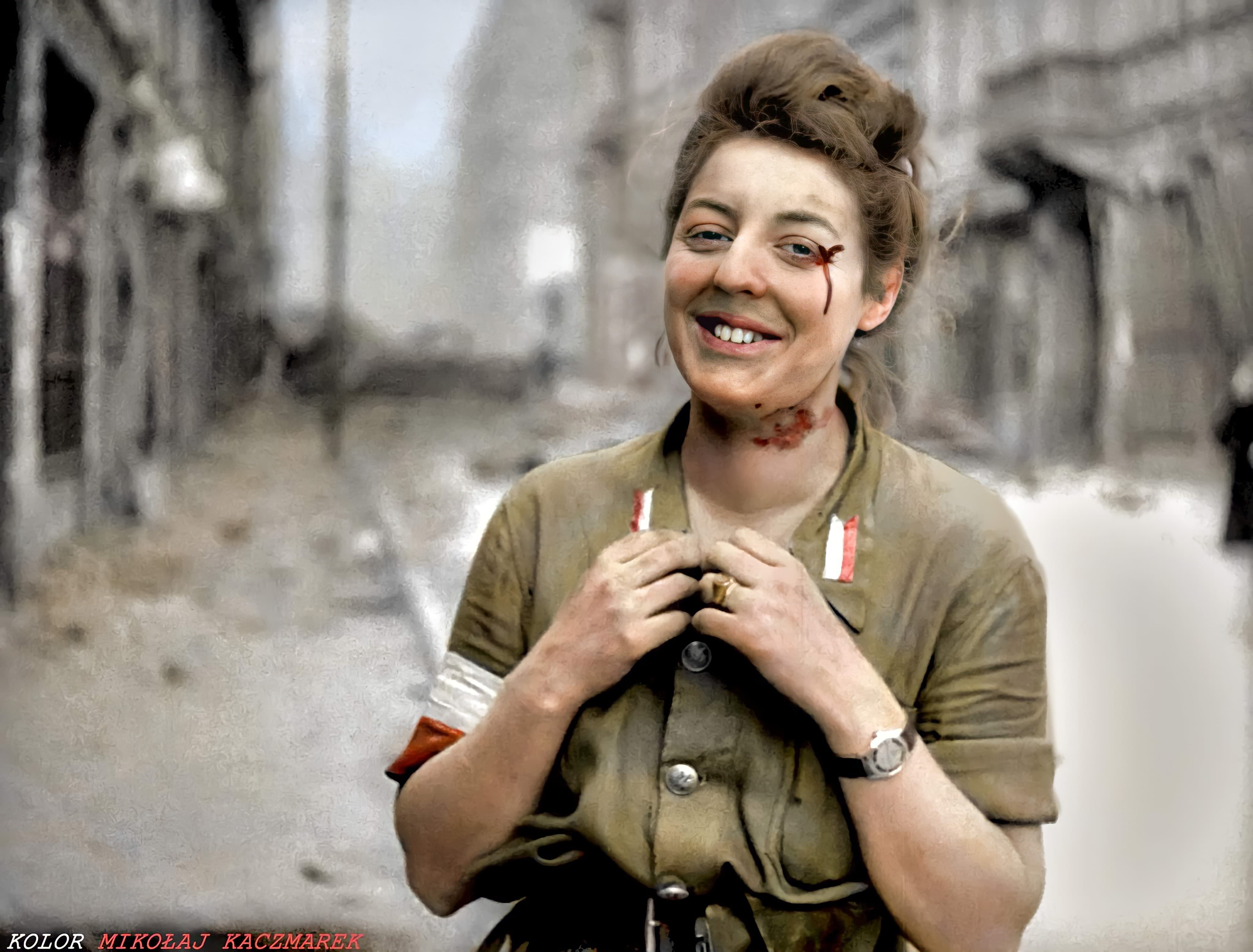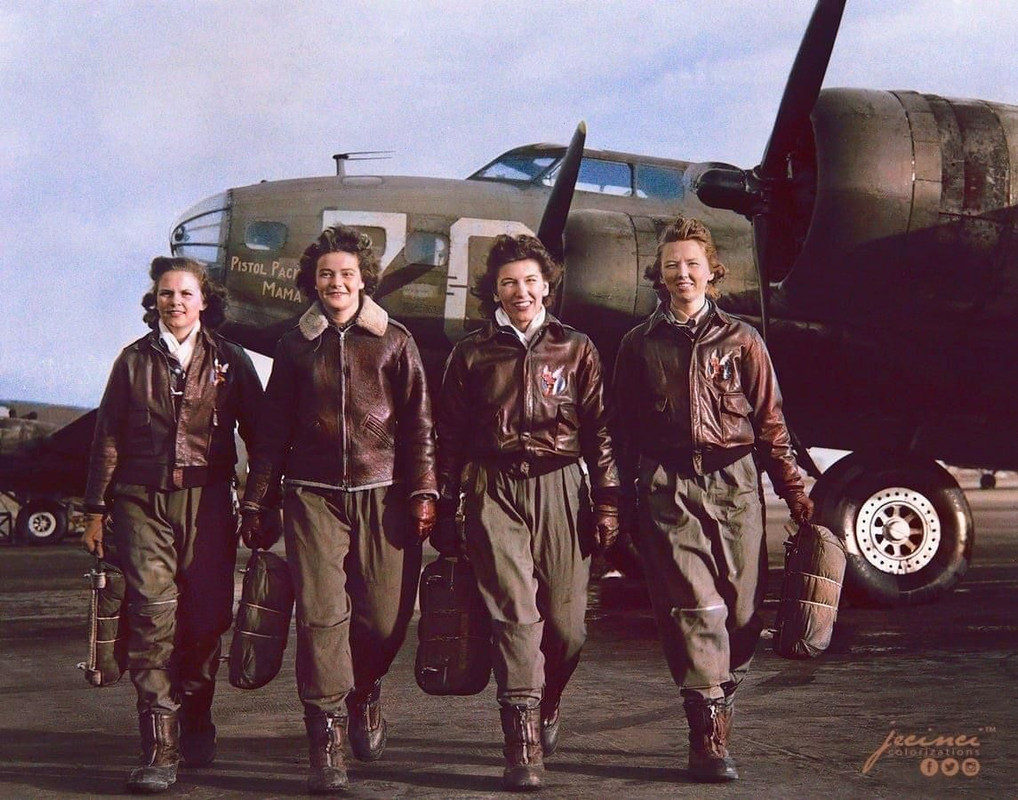- Joined
- Apr 2, 2017
- Messages
- 38,634
- Points
- 463
Despite her injuries, she is proud and smiling. Julita Cyrus Sobolewska ps. "Lidka", a 21-year-old liaison officer during the Warsaw Uprising.
The photo was taken shortly after a shell hit the tenement house at ul. Świętokrzyska.
Julita survived the war and died in 1993.

The photo was taken shortly after a shell hit the tenement house at ul. Świętokrzyska.
Julita survived the war and died in 1993.











